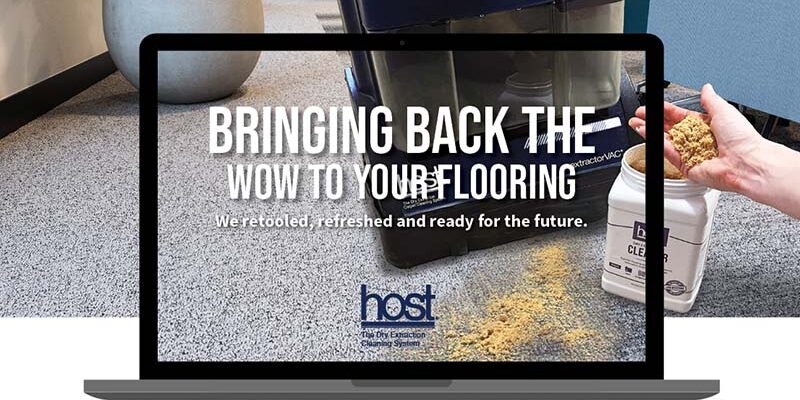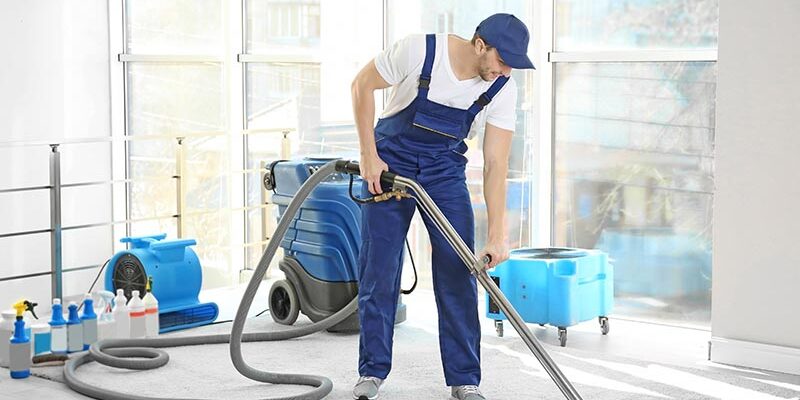Fighting the Issue of Wicked Wicking

by Jim Smith
How often is a spot removed with cleaning only to reappear upon drying?
Many cleaners would say it is their number one complaint. Others would also say that they do not have a guaranteed system to stop that same spot from reappearing again and again. This is called a “wicking spot.”
How wicking spots are different
Wicking spots are different in that the material in the spot has collected at the tips of the fibers. Other types of spots are likely to travel the entire depth of the yarn. This kind of spot is also different because the liquids have penetrated into the carpet backing or even to the substrate. Thus, wicking spots are more likely to have moisture readings prior to cleaning. This means one can discover them before cleaning.
Another thing to note is that they are more likely to occur on hydrophobic fibers such as polypropylene/olefin, triexta and polyester; however, it still happens on nylon.
How to fix wicking spots
Since this kind of spot temporarily disappears with cleaning, one wonders if there is anything in a spotting kit that would fix it. Some find limited success with browning treatments and oxidizers. Many manufacturers and suppliers would recommend a post-application of an encapsulant, which will prove to be more successful than the browning treatments and oxidizers.
After applying an encapsulant, recleaning with an absorption method will significantly improve success. Other options would be to press a dry terry towel on the affected area to remove additional moisture. Quicker drying with the aid of vertical fans is also a plus. However, if the fiber is hydrophobic and there has been an over application of moisture, encapsulants will not work.
Since the application of other wet products compromises the over wetting dilemma, the ultimate fix is not to stop the wicking but, rather, let the spot wick into something else. That “something else” is another textile or an insoluble powder. In general, the preferred textile to use is an ordinary terry towel that is slightly damp. Absorbent powders are preferred because damp terry towels need to be weighted down onto the fibers in order to be effective.
Ten years ago, most manufacturers of carpet cleaning products made absorbent powders for this purpose. There were some variations from one product to another, but they all did the same thing. The powder was applied to the affected area, and the spot would then wick out of the carpet into the powder. The powder could be removed with dry vacuuming.
Did we lose this knowledge?
Since the issue of wicking spots is a frequent problem and the absorbent powders are disappearing from the market place, this writer would say we are losing the knowledge. This is not surprising in a day and age when many technical experts cannot tell the difference between absorption and adsorption; or dissolving and suspension; or suspension and encapsulation. These kinds of examples are numerous.
When this does not work
Not all spots that reappear are the result of wicking, which means there are times when an absorbent compound won’t work. If a spot reappears a few weeks after cleaning, it is likely due to a sticky residue. A pH meter can determine what kind of sticky residue you’re dealing with. Food and beverage sources have pH readings between 3 and 6; detergent residues have pH readings between 8 and 10; and oils generally have no contrast in pH from the surrounding carpet.
If you are dealing with too many reoccurring spots, then start leaving an absorbent towel or powder over them to capture the spot. If the encapsulation post sprays are working, then stay with them. In addition, try minimizing your moisture on hydrophobic fibers. Using less moisture will sometimes mean using products at the higher allowable concentrations so that repeated applications are not necessary.
James¬? Jim” B. Smith is an IICRC-approved instructor and a senior practicing inspector and part of the voting consensus of the IICRCS1OOcleaning stan¬?dard. His educational studies come from Texas A&M University and the University of Houston. He has been in the cleaning industry since 1975. For more information, visit his website atwww.carpetinspector.com/jbs, call (972) 334-0533 or (800) 675-4003, or email[email protected].












